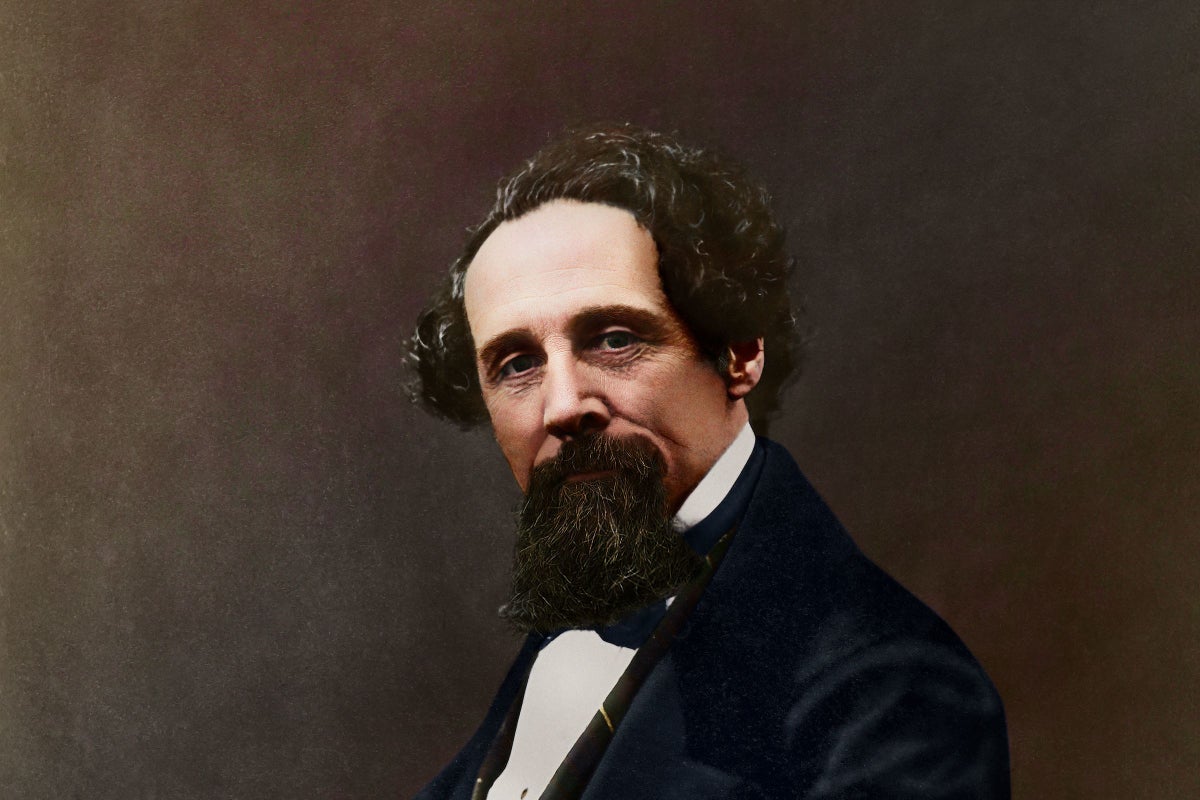
A collection of key items from Charles Dickens’s childhood are to go on display to mark the 200th anniversary of the world-famous writer’s introduction to the working world.
Dickens was just 11-years-old when he was forced to leave school in the autumn of 1823.
He began work in the Warren’s Blacking Factory at Hungerford Stairs on the north side of the River Thames, near where Charing Cross Station stands today.
For 10 hours a day, six days a week, Dickens joined other child labourers in fixing labels to bottles of boot-cleaning blacking liquid – to help towards his family’s income.
In January 1824, the factory moved to a new premises in Chandos Street, in Covent Garden, where the boy worked until he was removed by his father John Dickens that September.
To mark the 200th anniversary of a pivotal episode, that shaped Dickens’ personality, politics, and works, the Charles Dickens Museum will display a collection of key items which throw more light on a punishing part of Dickens’ boyhood.
The items will be on display in Charles Dickens’ study from Friday August 25 until January 21 2024.
The museum, located at 48 Doughty Street, in Holborn, is the only adult home in which Dickens lived in London that survives, and where he wrote the stories that earned him global fame.
By the time the family left the address, Dickens was world famous, having written a trio of wildly successful novels – The Pickwick Papers, Oliver Twist and Nicholas Nickleby.
Among the newly- displayed objects and documents is a pair of letters written by John Dickens – the inspiration for one of Charles Dickens’ best-loved characters, Wilkins Micawber in David Copperfield.
The letters were acquired by the museum in 2019.
Also joining the display is a stoneware bottle inscribed “Warren’s liquid. 30 Strand” on one side and “Blacking Bottle” on the other.
Dickens worked with bottles such as this item, which was excavated in 2006 by a group of Science Museum archaeologists from an old ice well that had been used as a builders’ rubbish dump in the 19th century.
The well was underneath the London Canal Museum and the bottle was donated to the collection by the Canal Museum that year.
Frankie Kubicki, senior curator at the Charles Dickens Museum, said: “Although Dickens never spoke of the blacking factory publicly, his life there was an experience he would never forget.
“The 11-year-old boy who walked to work from lodgings in Camden and Southwark every morning experienced the ugliness of factory life and received a permanent mental imprint of the hardship that was lurking to find impoverished children in the capital city.
“In his later works, the blacking factory looms large, not only as a significant backdrop to David Copperfield, but as the driving force behind the creation of hapless child victims in his stories, such as the much-loved character, Oliver Twist.
“His position at the factory was to damage his relationship with his parents for the rest of his life, and his father’s continuing money problems only further deepened this void.
“The items which we are showing make the experience palpable and enable us to see the damaging effects of poverty on a child’s life and a close-knit family.”







